To really make the risk of the second equal to fifteen%, a relative status (p) regarding 0.75 are going to be drawn. This, therefore, need a good investment away from $75 from the financing, financed by $75 away from borrowing from the bank (we.e. a short status on the riskless asset). The internet reputation from the riskless resource usually for this reason be $twenty-five ($100 – $75), having $75 invested in Financing YY.
In this instance brand new investor’s tasks through the band of the newest money with the most useful Sharpe Proportion therefore the allowance out of wide range ranging from which fund and credit or financing, as required to discover the desired level of resource chance.
A gooddding a strategy to a risky Collection
Imagine now the actual situation where one money will be to getting chosen to suit a pre-present gang of risky assets. Such, a trader have $100, having $80 currently the amount of time (elizabeth.grams. so you can a group of thread and you may stock money). The target is to allocate the remainder $20 ranging from a great riskless advantage (“cash”) and you can an individual risky fund (elizabeth.g. good “growth stock loans”), accepting the possibility that extent spent on bucks was positive, zero otherwise negative, according to need risk as well as the threat of the new selected finance.
In this case the investment should be taken as the pre-existing investment plus a riskless asset (in the example, $80 in the initial investments plus $20 in cash equivalents). The return on this total portfolio will be RI. The zero- investment strategy will again involve a long position in a risky fund and a short position in the riskless asset.
As stated earlier, in such a case it will not necessarily be optimal to select the fund with the largest possible Sharpe Ratio. While the ratio takes into account two key attributes of the predicted performance of a zero-investment strategy (its expected return and its risk), it does not include information about the correlation of its return with that of the investor’s other holdings (rhoId). It is entirely possible that a fund with a smaller Sharpe Ratio could have a sufficiently smaller correlation with the investor’s other assets that it would provide a higher expected return on assets for any given level of overall asset risk.
However, if the alternative funds being analyzed have similar correlations with the investor’s other assets, it will still be optimal to select the fund with the greatest Sharpe Ratio. To see this, note that with rhoId taken as given, equation (18) shows that there is a one-to-one correspondence between sigmaA and k. Thus, for any desired level of asset risk, the investor chooses the corresponding risk position k given by equation (18), regardless of the fund to be employed.
Brand new important implication is clear. Whenever choosing one regarding certainly a team of fund from a great version of particular to own introduction inside the a bigger band of holdings, usually the one for the biggest forecast excessively go back Sharpe Proportion can get reasonably end up being selected, whether it is thought that most the funds on the put has actually comparable correlations into most other holdings. Whether it condition isn’t met, specific membership will likely be taken of your differential quantities of such correlations.
The option of some Uncorrelated Procedures
Imagine fundamentally you to definitely an investor has actually good pre-existing band of assets that will be provided providing love ru eÅŸleÅŸme olmuyor ranks in a single or even more zero-investment measures, every one of that is uncorrelated both toward established opportunities and with every of your other such procedures. Such as decreased correlation may be presumed for recurring efficiency from an assumed factor design and hence applies to strategies in which long and short positions was shared to acquire no exposures in order to most of the fundamental things in such a model.

